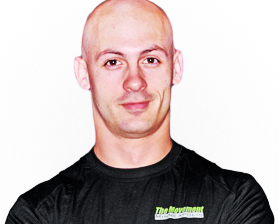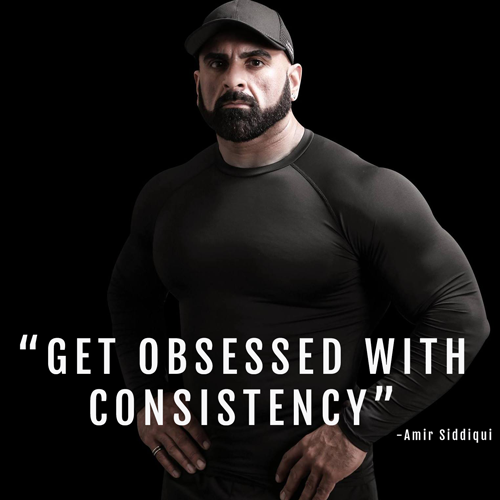
When I was a kid, my parents taught me that if you had to ask the price you couldn’t afford it. Through the years I’ve found this maxim to be overwhelmingly true.
But, sometimes you need to check the price tag because you have to make an informed decision, weighing the need or desire with the realities of your financial situation.
This week one of my favorite athletes and coaches, Mike Tuchscherer, penned an article for Juggernaut about how he learned the hard way how to back off the throttle.
Coincidentally almost the same day my wife, Jen Sinkler, wrote an article for her own site about the cost of risky fitness pursuits.
I think you should read both pieces because they’re both important and address slightly different angles, but I want to bring up a few points about Mike’s specifically.
If you don’t know who Mike Tuchscherer is he is one of the strongest powerlifters on the planet and is the founder of Reactive Training Systems, best known for advocating a method of training in which the effort of each set is taken into account to inform the rest of the training. RPE, or Rate of Perceived Exertion, is a protocol to rate each set on a scale of 1 to 10 with 10 being an all-out effort in which you couldn’t possibly have completed another rep.
There is more to it than that, obviously, but the important thing is that Mike is the creator of and chief advocate of a system that hinges on being acutely aware of how much effort you’re expending on what the cost of it is.
And he missed the warning signs to back off.
Mike certainly has the champion mindset locked down, but he didn’t stop to check the price tag and make sure he wasn’t paying too high of a price.
Part of the problem is a lack of awareness and a mindset of checking in on the cost of things to make sure they aren’t getting out of line. Most people probably need to show up to the gym more often and come up with fewer excuses, but this comes down to honestly assessing yourself and as Mike said, “if it gets to the point that you have to consistently force yourself to train, it’s time for a bit of introspection.”
But the other piece of the puzzle, in my not so humble opinion and now half-decade of experience in using it is not using biofeedback.
Your body can tell you what to do and what not to do – if you just pay attention. <- my free article on how to get started using biofeedback in your training.
And as with most things, an ounce of prevention is worth a pound of cure. If you can stop doing things that are likely to hurt you then you can skip recovering from the injury.



